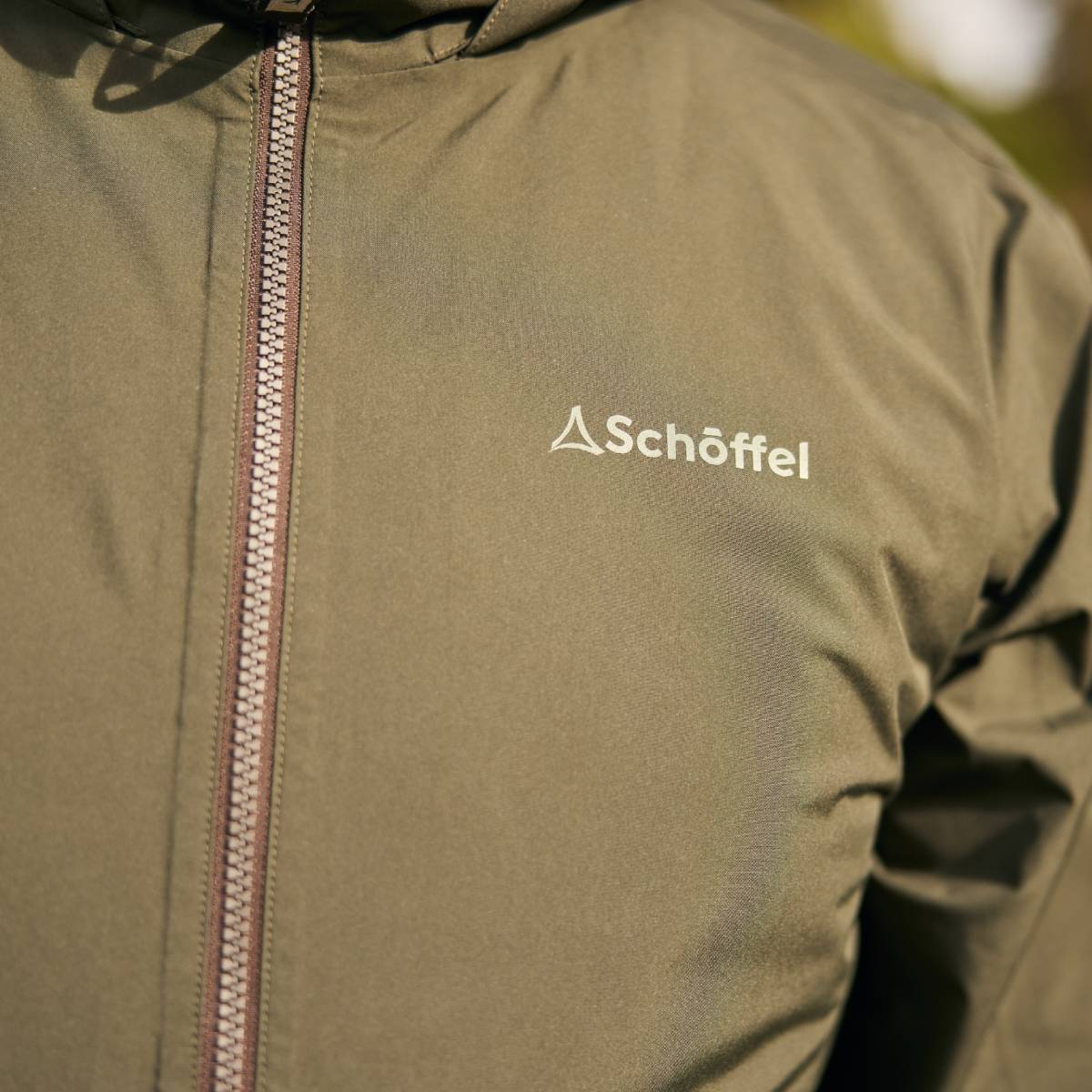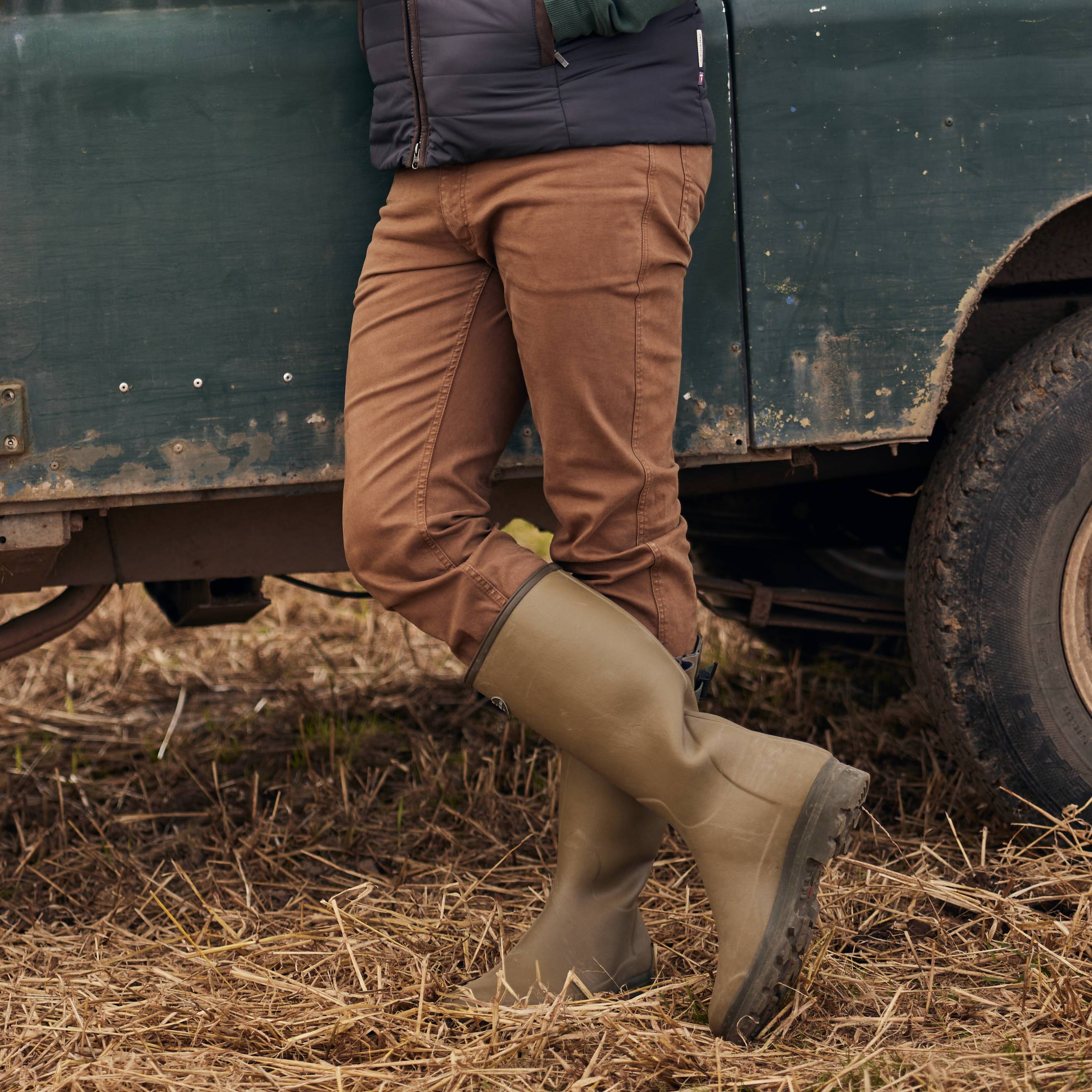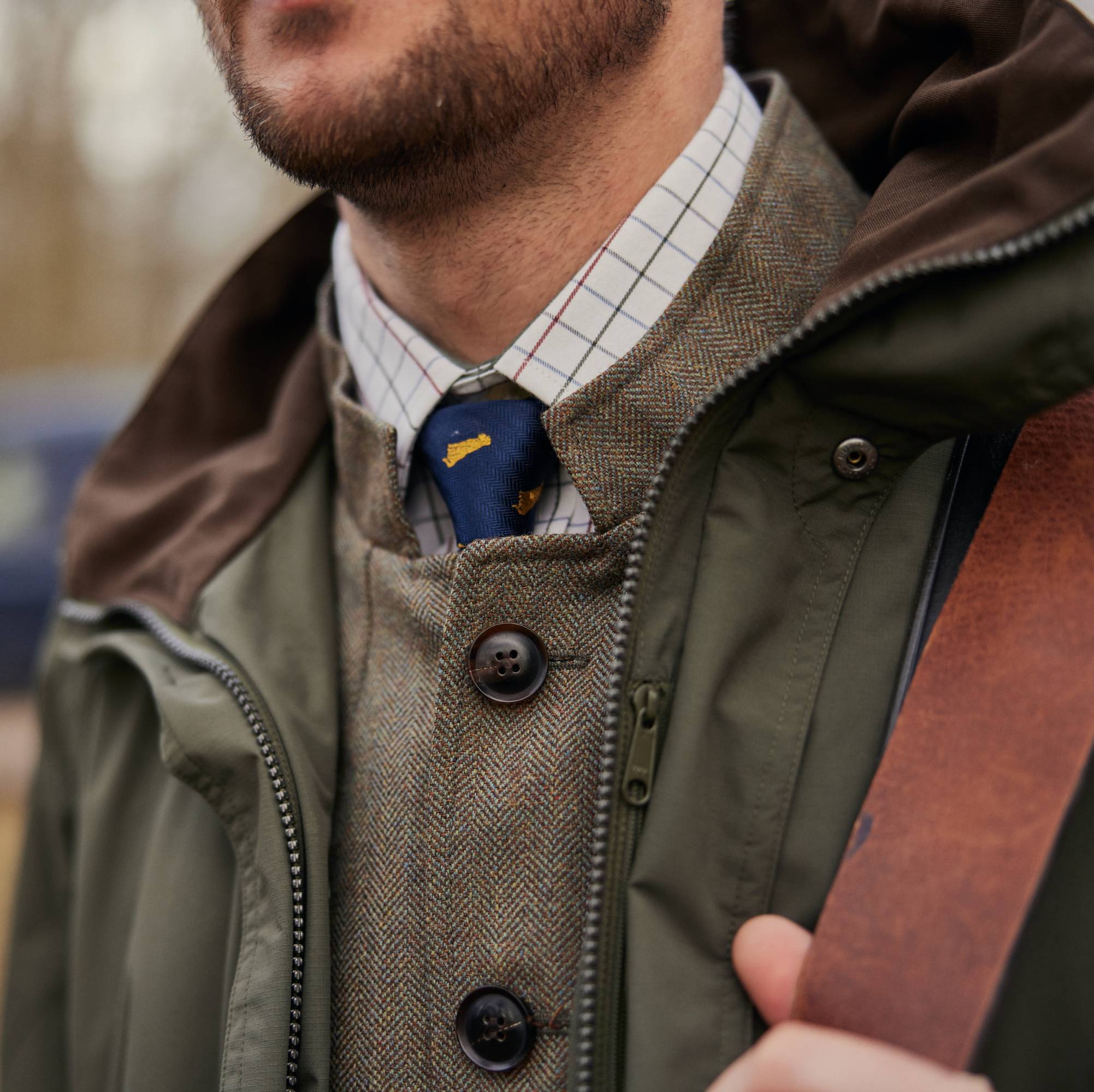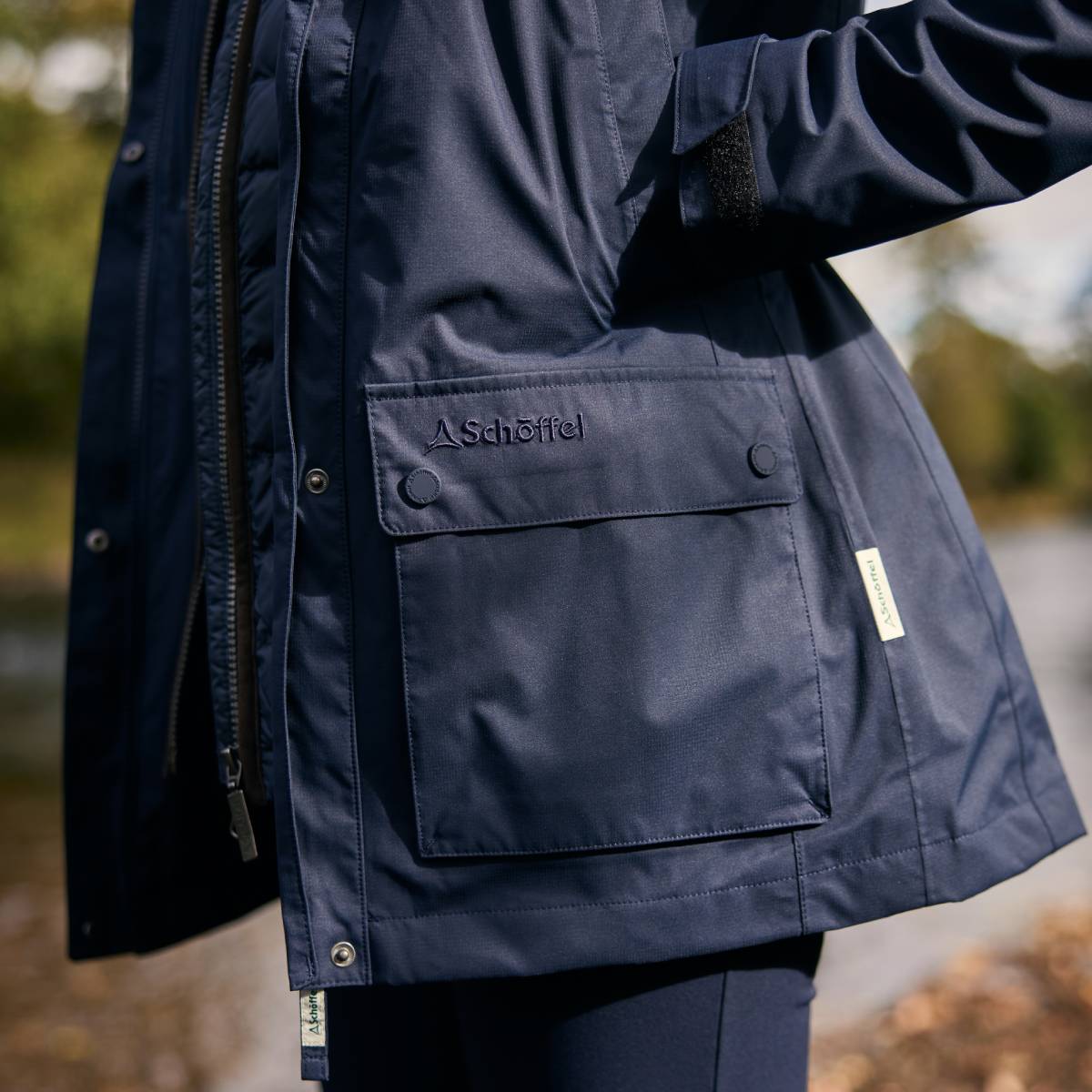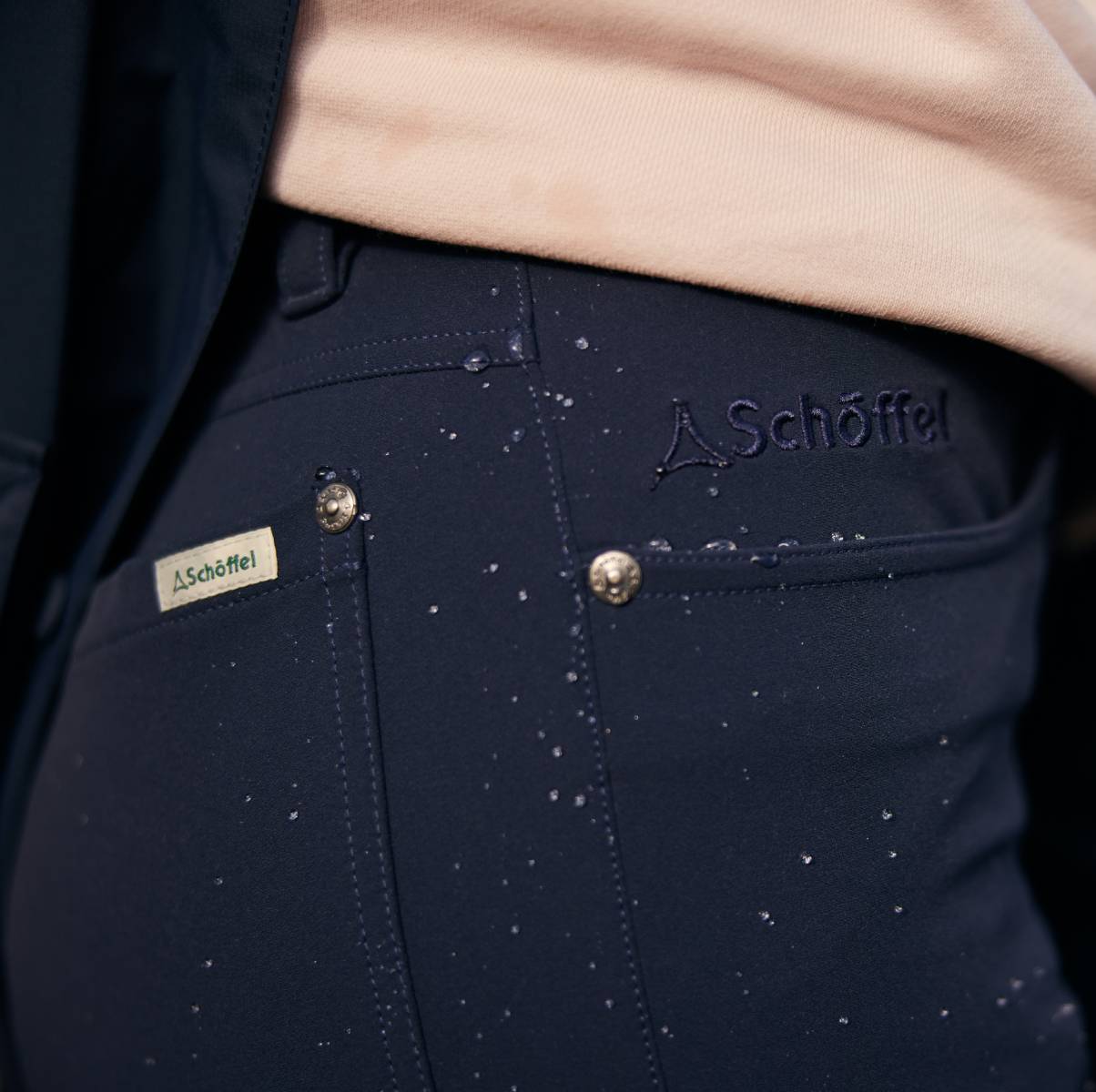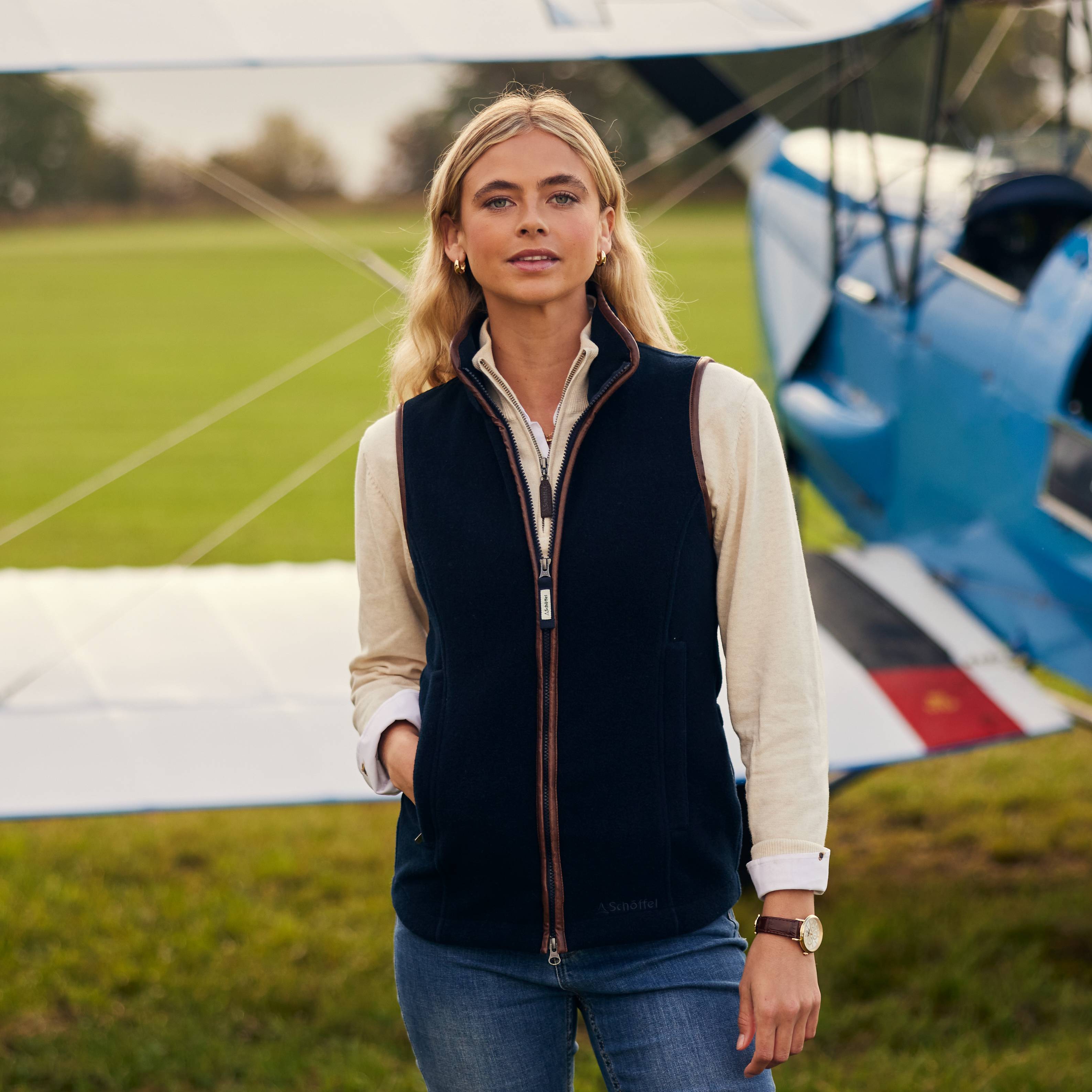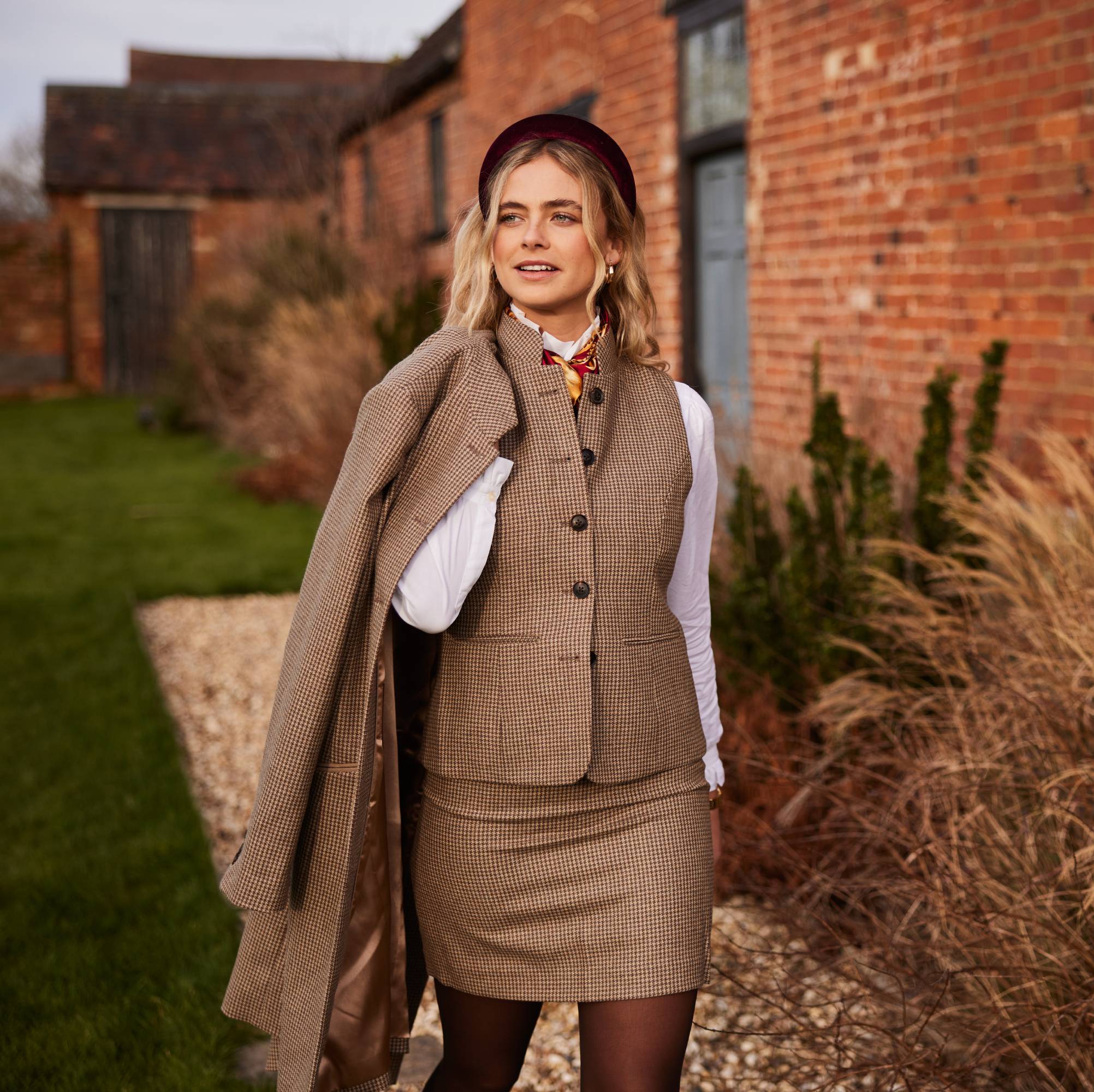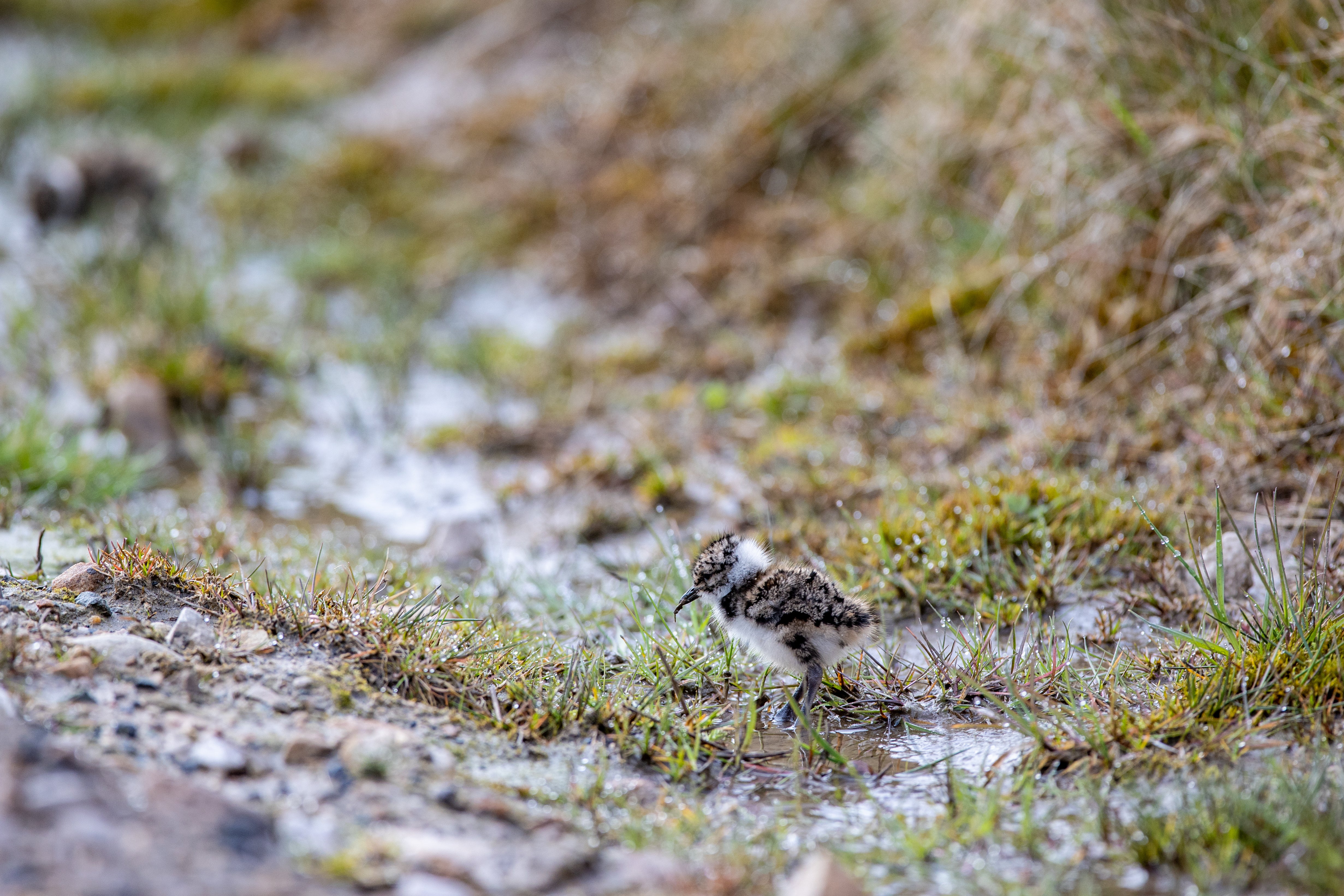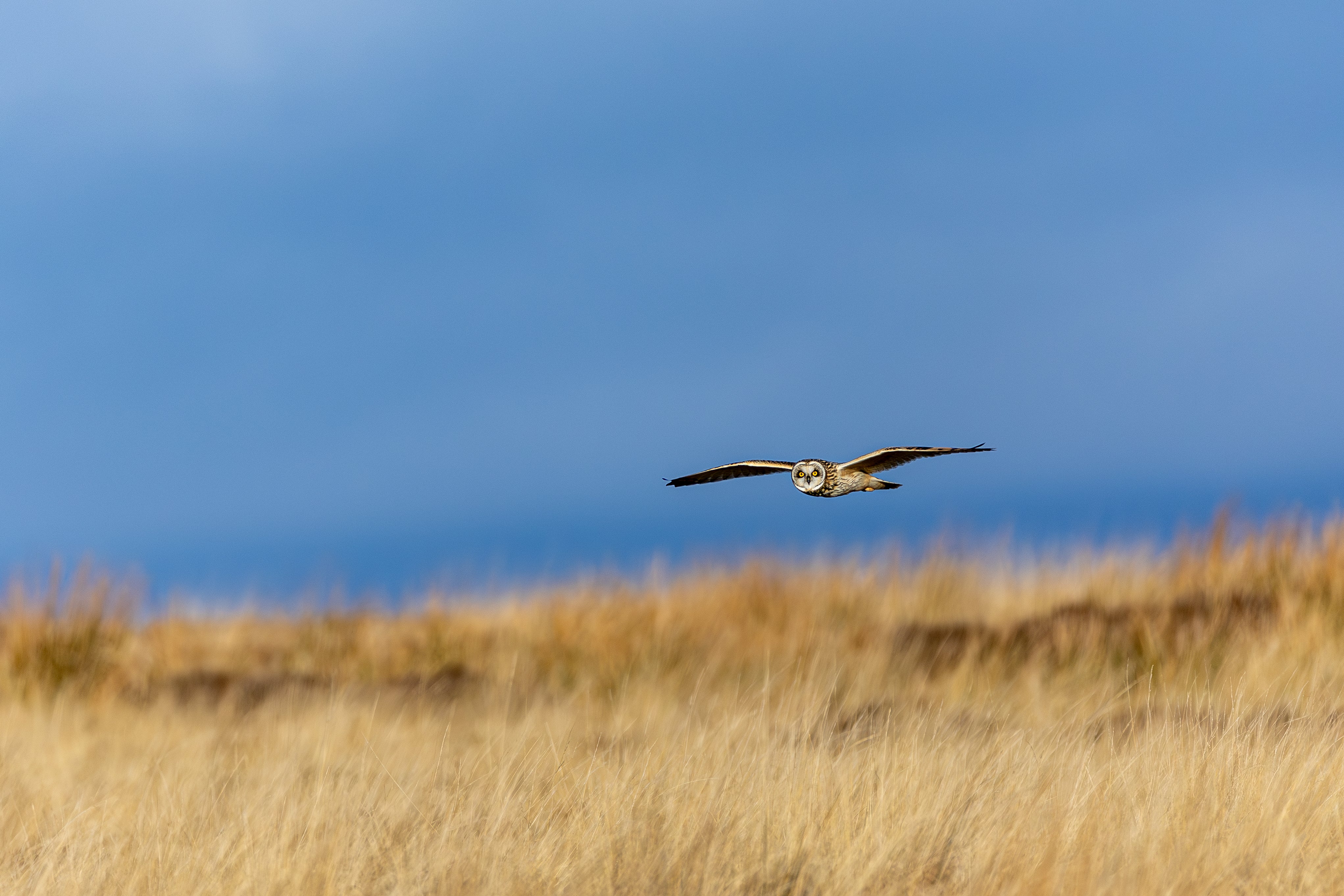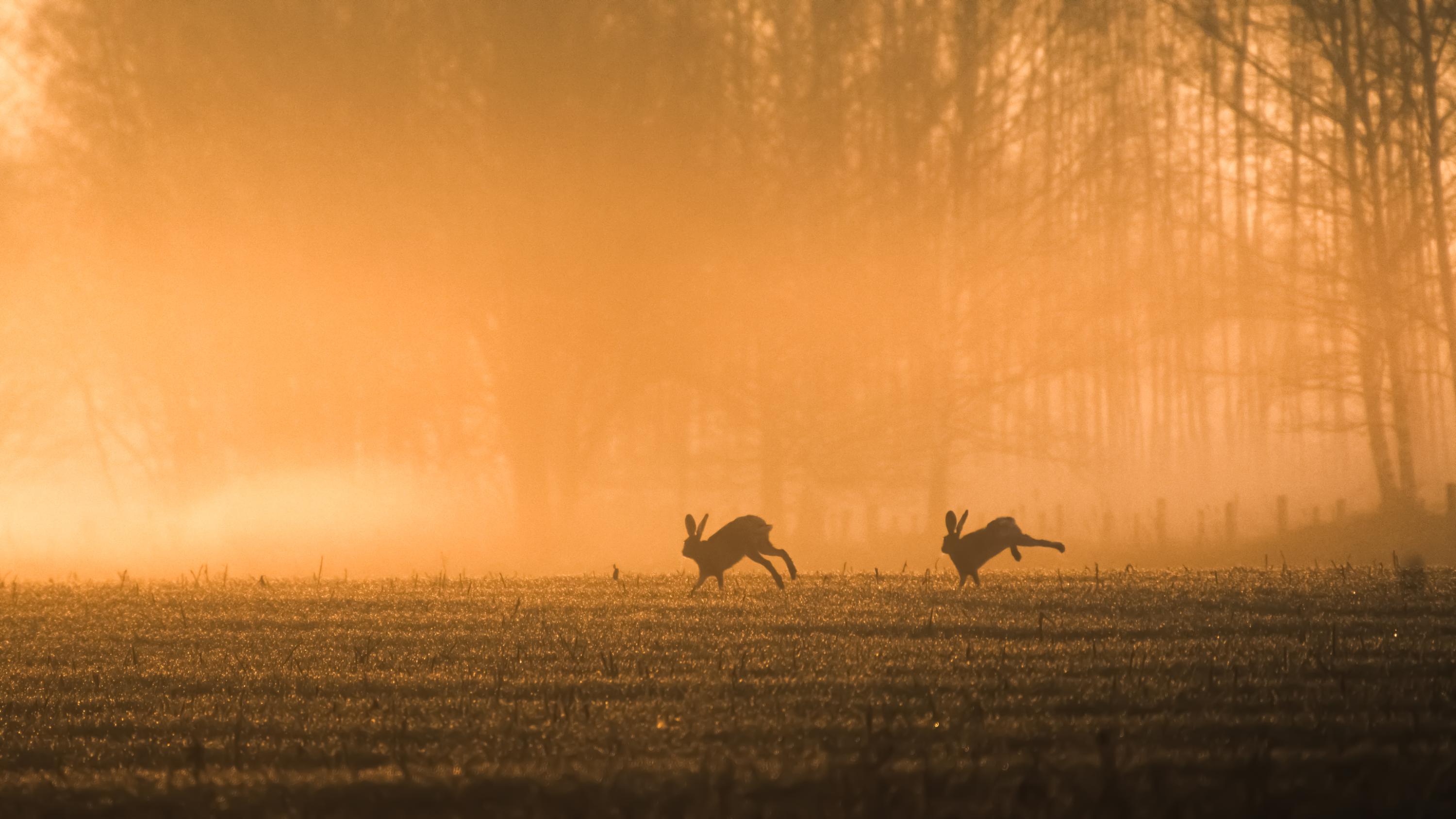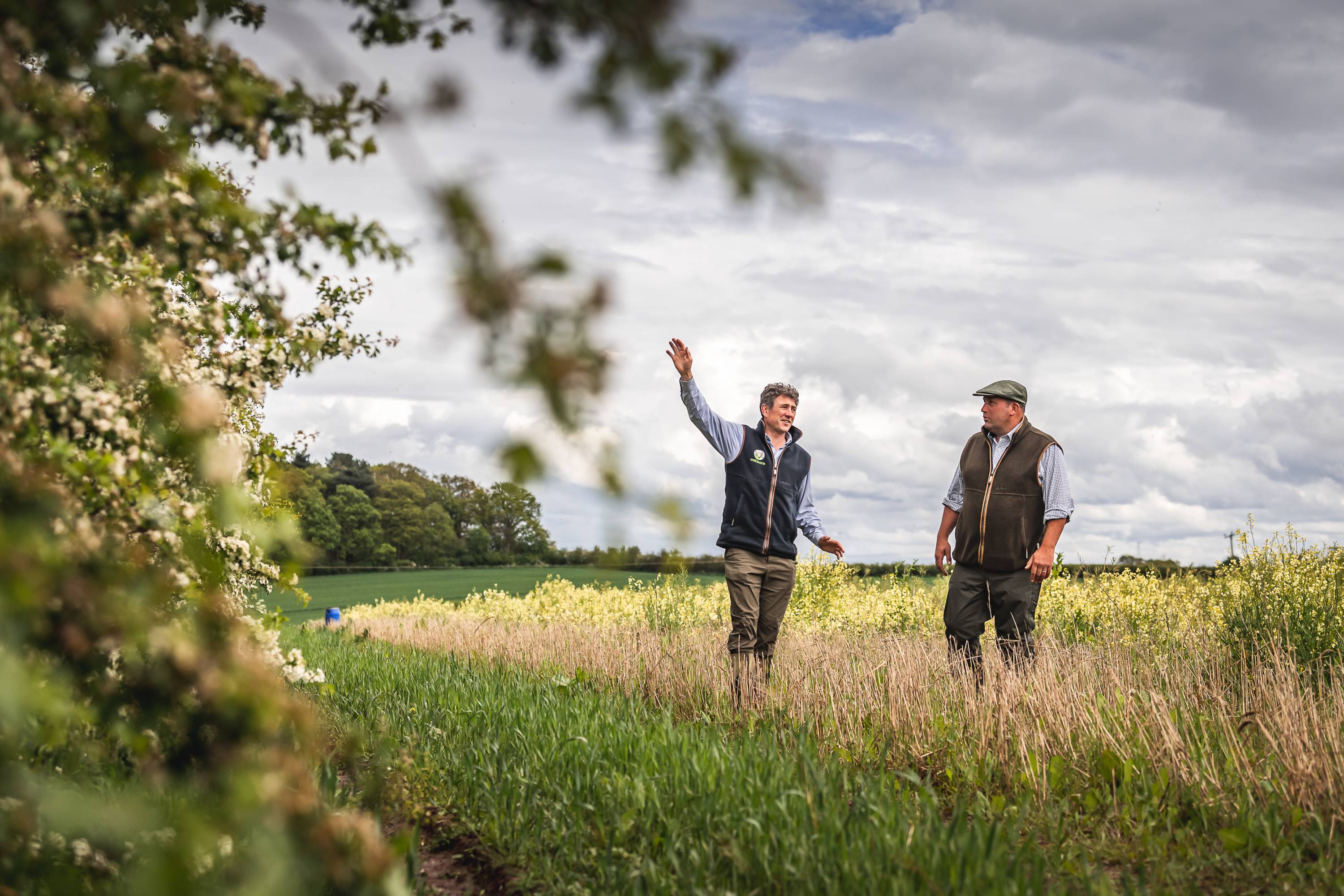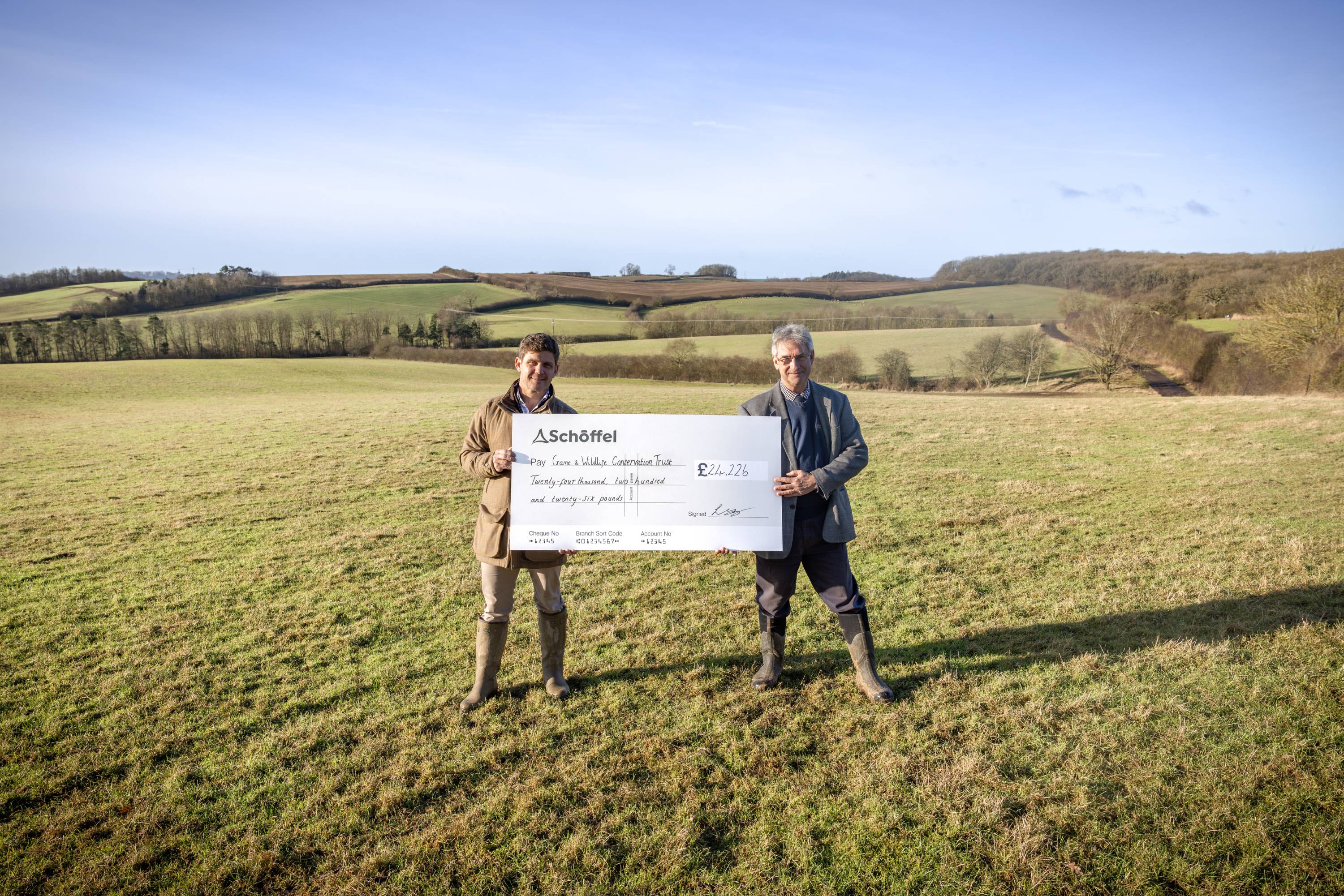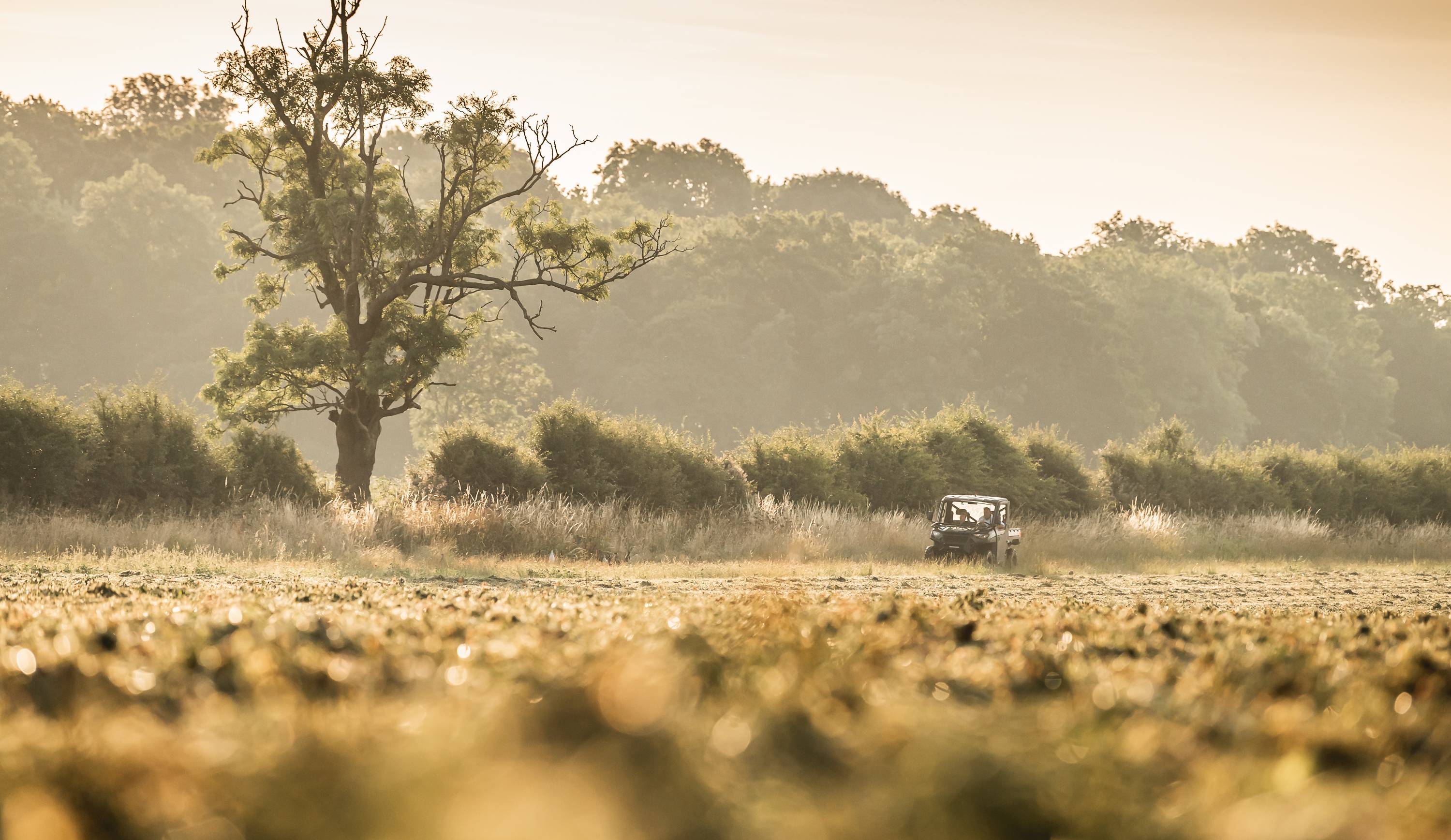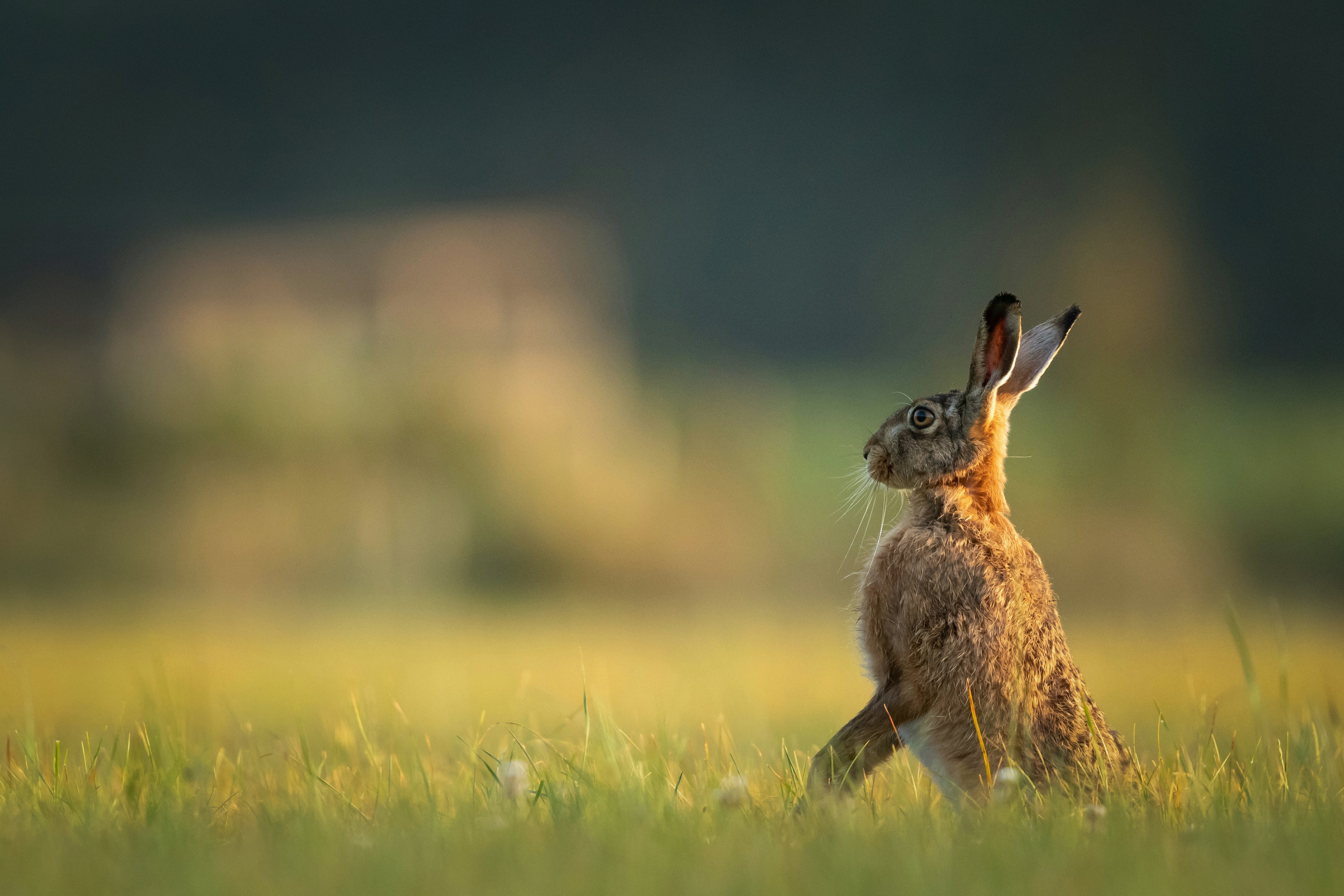
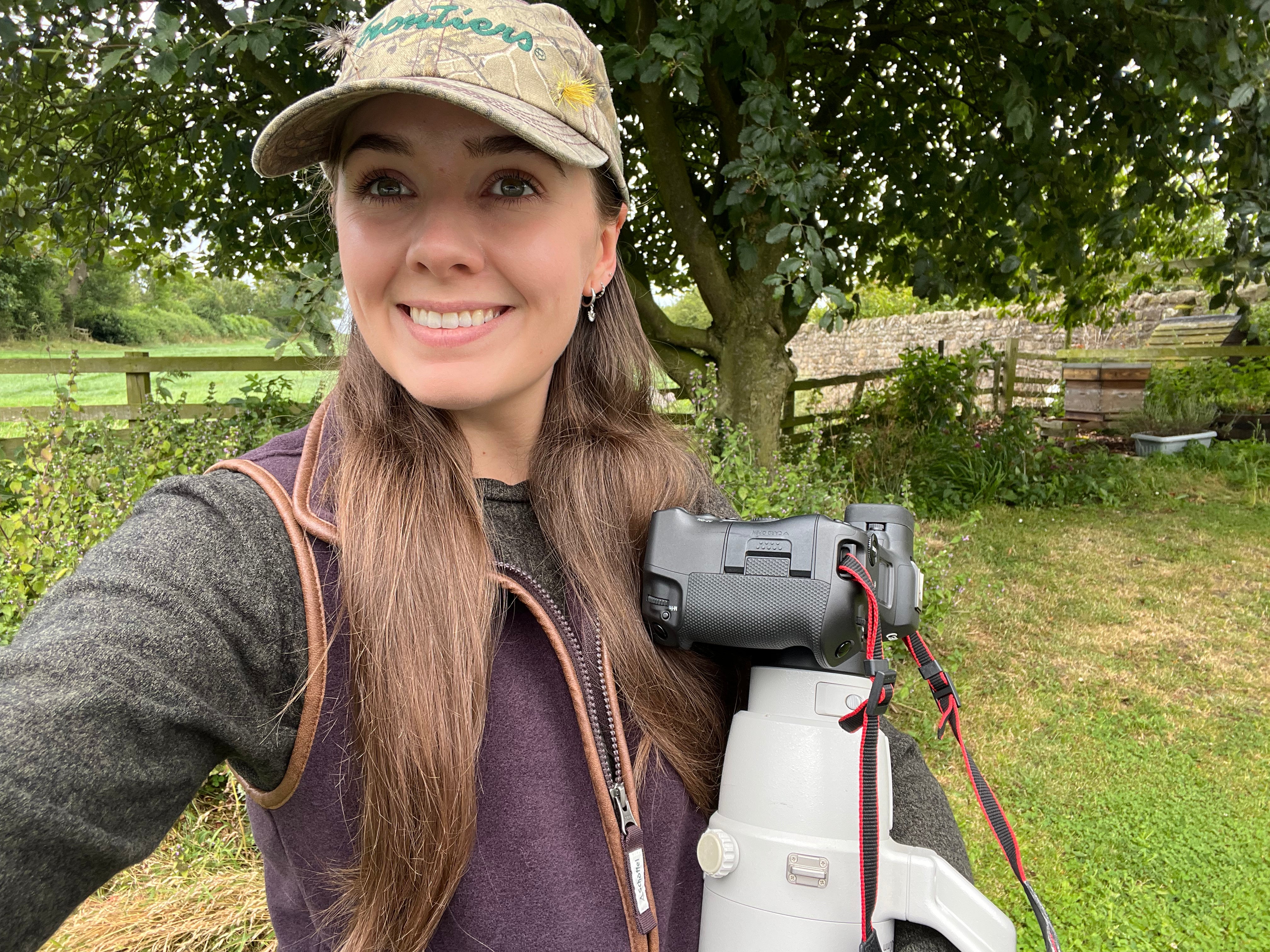
Grouse shooting – the bigger picture
Having spent thousands of hours behind the lens studying an array of wildlife on moorland managed for red grouse, award-winning photographer Emily Graham is passionate about helping others – from the shooting community and further afield – better understand the holistic nature of these important landscapes.
Keepers chattering, the crackle of radios, dogs eagerly jumping out of vehicles, beaters flagging, wings beating and, of course, shots ringing out above the heather – these are the sounds many people think of when remembering their time on a grouse moor.
When I think of the moors, the first things that come to mind are quite different. For me, it’s the sight of lapwing dancing overhead, the warning calls of curlew echoing across the hills, snipe drumming through the skies, and skylarks singing so high they can be heard all around. And that’s likely a result of being surrounded by these landscapes right the way through the seasons.
I grew up in Weardale, which I often call grouse land. Pretty much the whole valley looks out onto grouse moors which line both sides of the tops. This meant I spent most of my teenage years beating across the fells during the season, and then worked in lodges serving dinner, for full grouse seasons from dawn until dusk, before progressing on to photographing shoot days and now working my dogs as part of picking-up teams. It’s safe to say I’ve been able to see grouse shooting and everything that comes with it from many different angles.
One of my favourite times of the year is when the guns leave the hills, the keepers go back to their day to day, and the birds begin to settle. After the season, pretty much the only birds left on the hills to face the winter are the red grouse. Black grouse are also around but even they tend to leave for lower ground and the shelter of berry bushes that line the valley roads.
Then, come springtime, everything changes… It’s a fascinating and exciting time on the moors. Winter has passed, the days begin to lengthen, and the snow and rain turns into sunshine. The grass begins to grow, leaves appear on trees, and I hear the calls I have been waiting for…
Lapwings are usually the first birds to appear in spring, flirting with each other to find a partner. Then the oystercatchers appear on the walls, their eyes as red as fire. The curlew is often heard before it is seen, its shrill cry piercing the air.
This is the time of year I feel all guns and people involved in shooting – particularly those who do not live in upland areas – should visit our moors. I don’t see how anyone can fully understand a grouse moor until they have visited one in spring. This is the time of year the gamekeeper’s hard work really pays off. Yes, they are primarily focused on bolstering the chances of red grouse breeding successfully, but you ask any keeper and they will tell you where to see a snipe, curlew, lapwing, oystercatcher, merlin, or an owl nest – they know the ground intimately.
Their work benefits all ground-nesting birds, not just grouse, and they care about these other species as much as anyone. I can say that with confidence because I’ve seen it first hand, time and time again.
Why Moorlands Matter – bringing people together to find common ground
Over the last three years I have been involved in an initiative called Why Moorlands Matter (WMM). As part of this, a team of us, co-ordinated by Tarquin Millington-Drake, have held several events in springtime, basing ourselves at grouse moor lodges at a time when they usually sit empty. In a nutshell, these events are put on to bring people together from the shooting and conservation sectors – from all walks of life and with varying opinions – to see the hills in spring and learn about the importance of these landscapes and their management. So far, we have had people from the Wildlife Trusts, Natural England, Rewilding Britain, Labour and Conservative MPs, GWCT, Bug Life, Aim to Sustain, BTO, Schöffel Country, GunsOnPegs, Scribehound, to name a few.
It is very interesting to bring such a diverse mix of people together in these settings; it’s not uncommon for guests to arrive quite apprehensive about whether they should give their full opinion. Some are for shooting whilst others are against it; some do not agree with predator control, and others understand the need. Some have simply never set foot on a grouse moor but work in the shooting/conservation space. What we learnt incredibly quickly is that everyone agrees with each other on 90 per cent of the topics discussed and debated. On a personal level, I have learnt a huge amount from meeting those who have attended and feel it has armed me with a very level head when it comes to any shooting or conservation debate relating to our moors. Understanding the opinions of others and how they perceive things has been invaluable.
For a typical WMM event, guests arrive around midday, have lunch and introduce themselves. This is followed by speeches from local people who live and work on the moors (myself included),before more debate and finally splitting up into cars for our wildlife safaris!
These safaris are the icing on the cake, and we simply let the moor do the talking. As someone who has spent thousands of hours on the fells with the wildlife, it’s easy to forget that many others do not have this opportunity, and everyone is always surprised at the sheer amount of wildlife they see when we are driving around. On a single drive lasting about two hours last year, we saw curlew + chicks, lapwing + chicks, grouse + chicks, short-eared owls, snipe, buzzards, oystercatchers + chicks, meadow pipits, skylarks, stonechats, wheatears and, to top it off, a male hen harrier.
These events have brought many people together who would not usually speak and have helped to highlight the different challenges faced in our moorland landscapes. The focus isn’t solely on birds, but on the communities, the rural economy, flora and fauna, and ecosystems, too.
The bigger picture
Growing up in the hills has certainly made me very passionate about managed moorlands. I am fully aware that the shooting ‘industry’ may not be perfect (what industry is?), but I am also aware that I spend my time in these places for a reason. It is where the bird life is for my photography. It is where I can see multiple red-listed species successfully raising their young in one evening. It is where I can witness the very same birds return to the very same places for consecutive years. It is also where the local keeper makes sure any litter is picked up, lends the farmers a hand with rebuilding walls that have come down, points photographers or walkers in the direction of footpaths, explains the need for dogs to be on leads during nesting season, and helps members of the local community in winter if there’s heavy snowfall.
My valley is heavily dependent on not just the income generated during the shooting season, but the people on the ground who come together to form a community. Because it is a community – one that truly cares about all four seasons in the year and understands how the weather will affect everything from the farmers’ young lambs to the new chicks on the ground and the grass growing for hay for winter feed.
Ultimately, we need to help people understand our moorlands and become familiar with the bigger picture of moorland management outside of the shooting season. And to do that we must encourage people to visit and engage with those of us who live in them, work in them, and call them home.
Why Moorlands Matter events are completely free to attend. A tip (approx. £30) for the house staff is requested upon departure. Money is raised to run the events by Tarquin Millington-Drake. For further information or to apply to attend, email tmd@millingtondrake.com – we highly recommend the experience.

